Technological options for quarantine pests in avocado
Persea americana

- Thematic area:
- Sanitary and phytosanitary management
- Productive system:
- Avocado
- Geographic coverage:
-
Andean region
Zones with average temperatures between 15-30 ⁰C; rainfall range between 1 400-2 200 mm/year; Relative humidity between 40-85%.
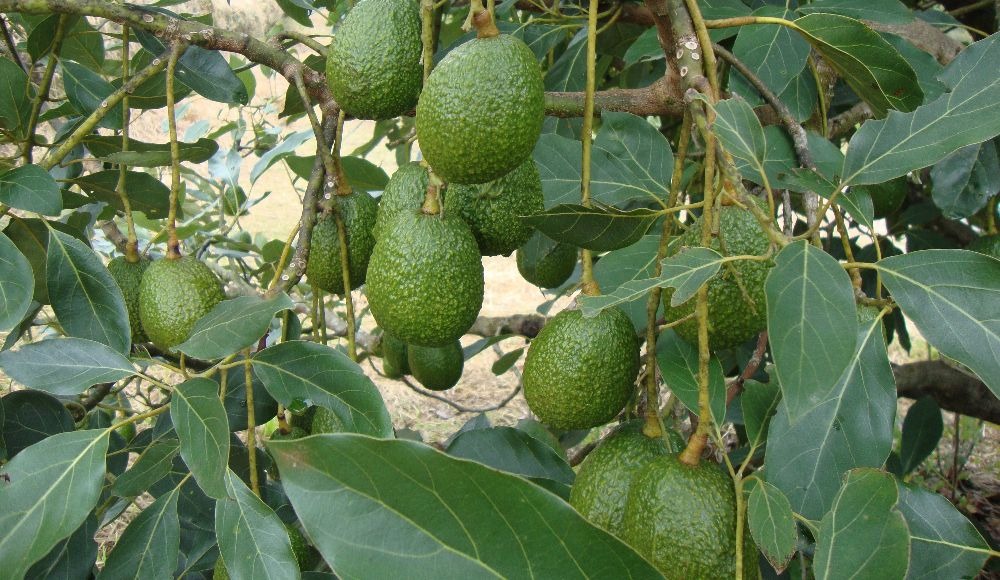
Description
The seed moth S. catenifer and the weevils H. lauri and H. trifasciatus, quarantine pest insects, comprise a complex of pests that feed on the pulp and seed of different avocado genotypes and have a widespread distribution.
As technological options to reduce damage and maintain areas of low prevalence of quarantine pests in avocado cultivation, the following are recommended:
-
Implement the direct observation method as the main monitoring strategy, which is based on recognizing insect damage associated with the phenological stages of avocado (Hass cultivar). This strategy allows for establishing sanitary surveillance programs and identifying sites of greater concentration of damage and insect populations.
-
Adopt the practices of removing, collecting, and burying affected fruits.
For greater effectiveness of the management strategy, actions concerning identifying sites with differential concentrations of damage and populations must be implemented. In this way, the records of populations and damage obtained through monitoring activities will allow the identification and marking of the sectors of the crop field affected by the insect, selecting the sites with the most significant damage to fruits or the presence of adults. The data obtained may be used to determine the spatial distribution of damage, information that can be analyzed with geospatial tools, and spatial data analysis tests that contribute to establishing management programs based on the management of specific sites as an approximation to precision farming.
The set of cultural and environmentally sustainable practices in managing avocado quarantine pests can reduce perforated fruits by up to 95%. By applying these recommendations, it is possible to maintain areas of low prevalence of quarantine pests in avocado plantations. Likewise, it allows reducing the costs of labor and the use of inputs (insecticides).
This Technological Offer is recommended for the departments of Antioquia, Caldas, Cauca, Quindío, Risaralda, Tolima, and Valle del Cauca.
Audiovisual content
Plaga Cuarentenaria en Aguacate
Image Gallery
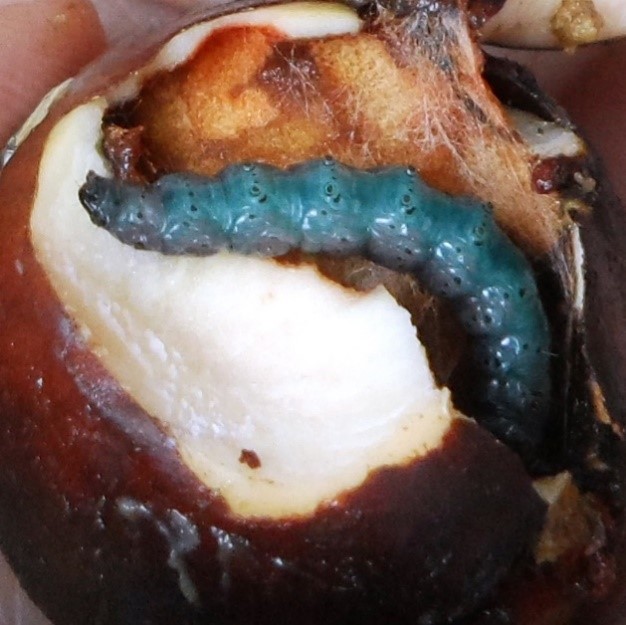
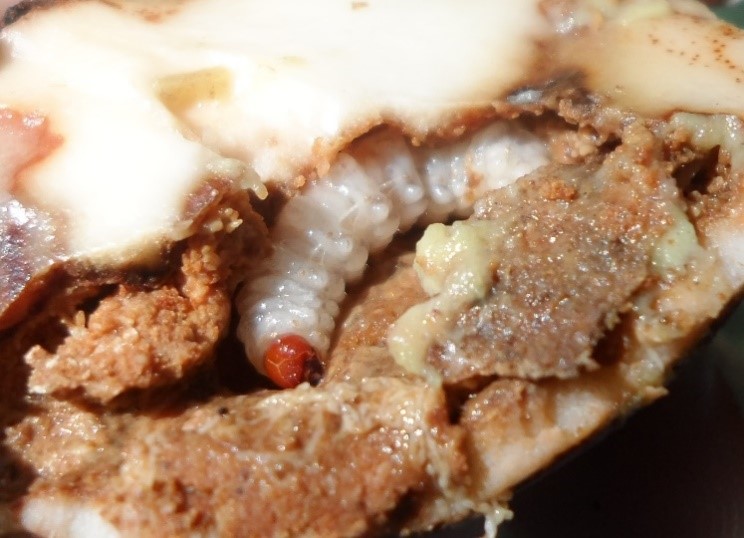
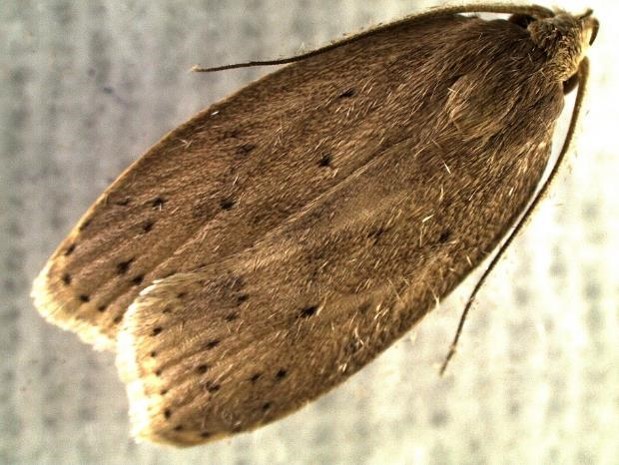
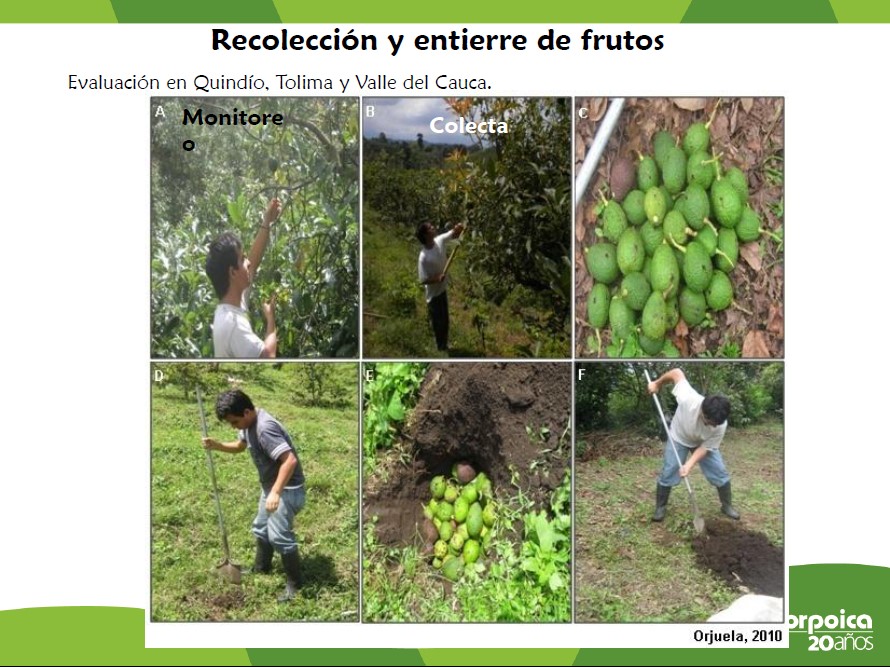
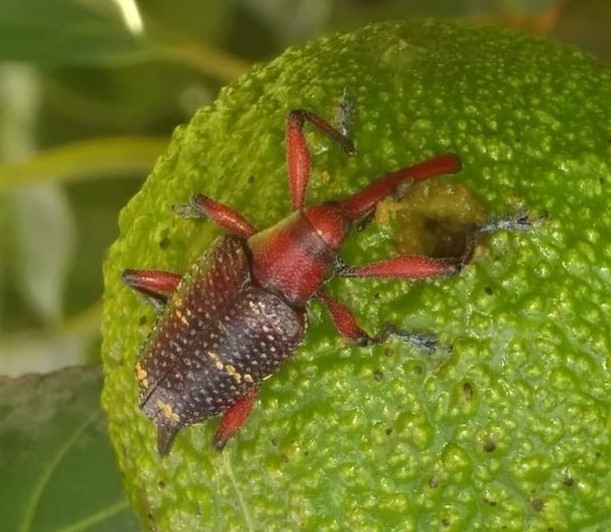
Places of interest






